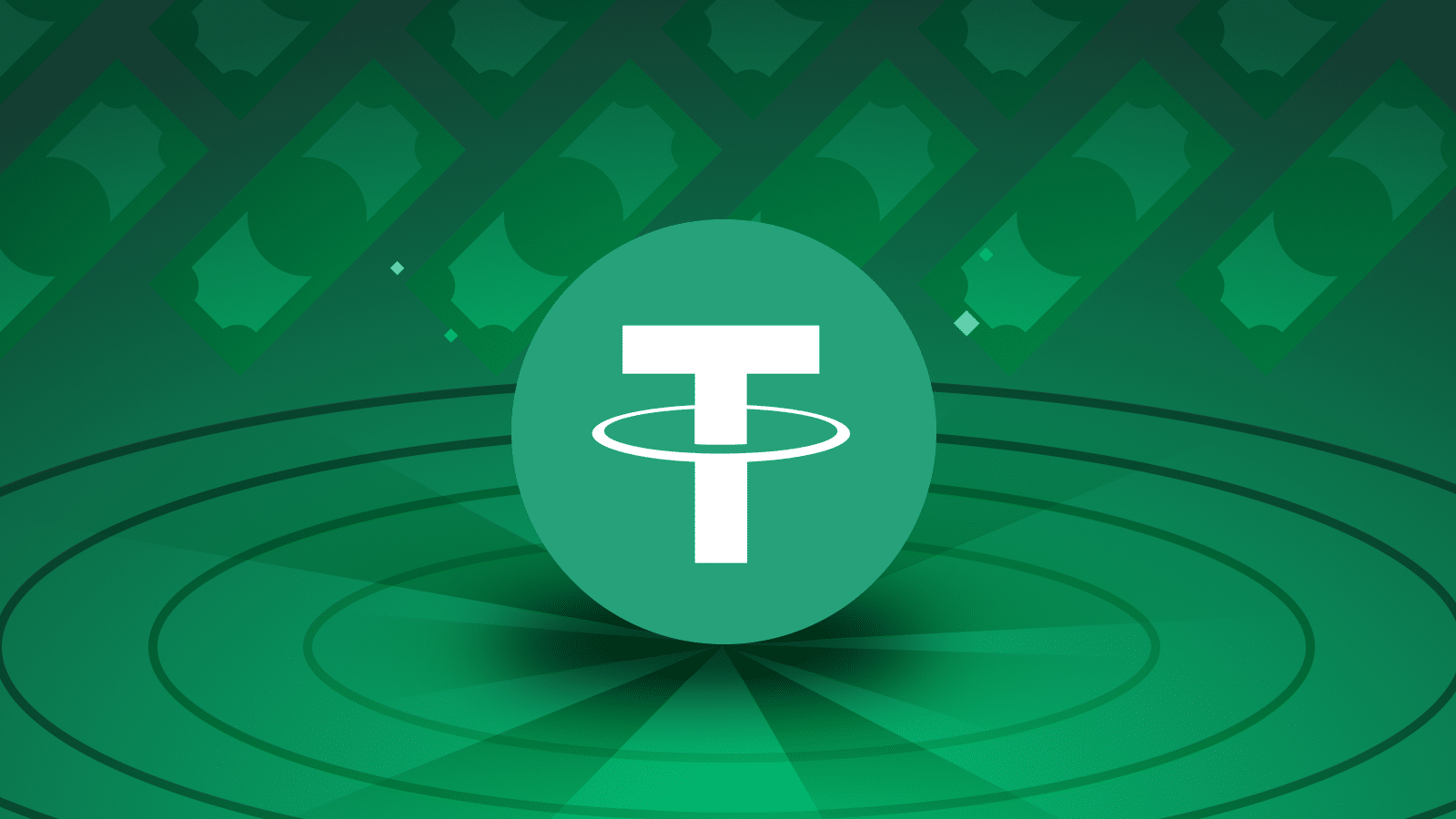
The cryptocurrency market is an ever-evolving landscape, where innovation and risk often go hand in hand. In the midst of this dynamic environment, Terra’s stablecoin, UST, faced a significant setback one year ago. This article aims to provide a comprehensive reflection on the UST Terra debacle, assess its impact on the industry, and shed light on the future prospects of Terra and its stablecoin.
The UST Terra debacle
In May 2022, Terra, a blockchain platform focused on stablecoins and decentralized finance (DeFi) applications, experienced a sudden and severe crash of its native stablecoin, UST. UST’s price plummeted, leading to significant losses for investors and widespread concern within the cryptocurrency community.
At the time, industry experts pointed to several contributing factors, including algorithmic flaws, liquidity issues, and external market volatility. The incident highlighted the challenges and risks associated with stablecoins, particularly those relying on complex economic models and algorithmic stability mechanisms.
Assessment and industry insights
Since the UST Terra debacle, the cryptocurrency industry has engaged in deep introspection, reevaluating the risks and vulnerabilities of stablecoins. Regulatory bodies worldwide have intensified their scrutiny, calling for increased transparency and safeguards to protect investors and maintain financial stability.
According to John Kim, a prominent crypto analyst:
The UST incident was a wake-up call for the entire industry. It underscored the importance of conducting thorough audits, stress-testing stability mechanisms, and ensuring robust risk management protocols.
Furthermore, industry leaders have emphasized the significance of collateralization and reserve mechanisms to maintain stablecoin value. Jeremy Allaire, CEO of Circle, remarked:
The UST incident highlights the need for stablecoins to have strong collateralization and rigorous reserve management, providing a clear backing for their pegged value.
Future prospects for Terra and UST
Despite the challenges faced by Terra and UST, the project has shown resilience and determination in addressing the issues head-on. Terra’s team quickly took action, implementing various measures to restore confidence and stability to the ecosystem.
One key initiative has been the establishment of a new Stability Reserve Fund, designed to bolster the stability of UST and protect against potential crashes. This move has been well received by the industry, with Fred Wilson, a renowned venture capitalist, expressing optimism, stating:
The introduction of the Stability Reserve Fund demonstrates Terra’s commitment to learning from past mistakes and taking proactive steps to enhance the stability of UST.
Terra has also sought to strengthen its partnerships and ecosystem, collaborating with established platforms and DeFi protocols. This strategic approach aims to diversify UST’s liquidity sources and mitigate the risk of relying solely on algorithmic stability.
Looking forward
The UST Terra debacle serves as a stark reminder of the inherent risks present in the cryptocurrency market. However, it has also catalyzed a wave of introspection, leading to increased scrutiny and calls for better risk management practices.
Terra’s response to the incident, including the introduction of the Stability Reserve Fund and strategic partnerships, demonstrates its commitment to rectifying past mistakes and fostering a more robust stablecoin ecosystem.
As the cryptocurrency industry evolves, it is essential for projects like Terra to continuously evaluate and improve their stability mechanisms, risk management protocols, and regulatory compliance. By doing so, they can navigate the challenges of the market and maintain their relevance in the ever-changing landscape of decentralized finance.
The UST Terra debacle should be viewed as a pivotal moment in the industry’s maturation process, serving as a catalyst for necessary reforms and an opportunity for growth.